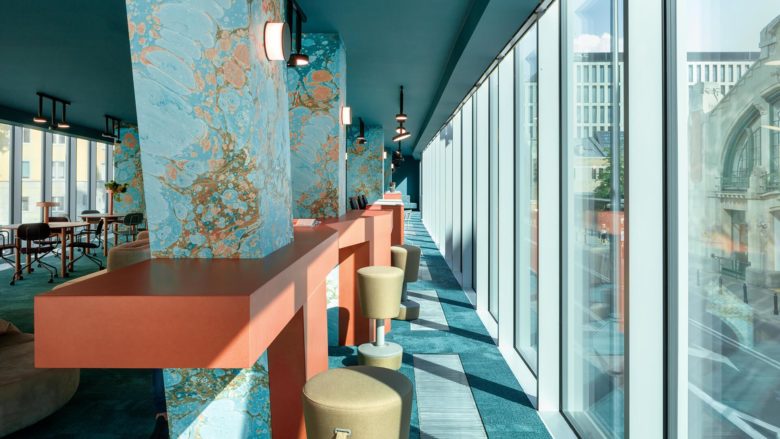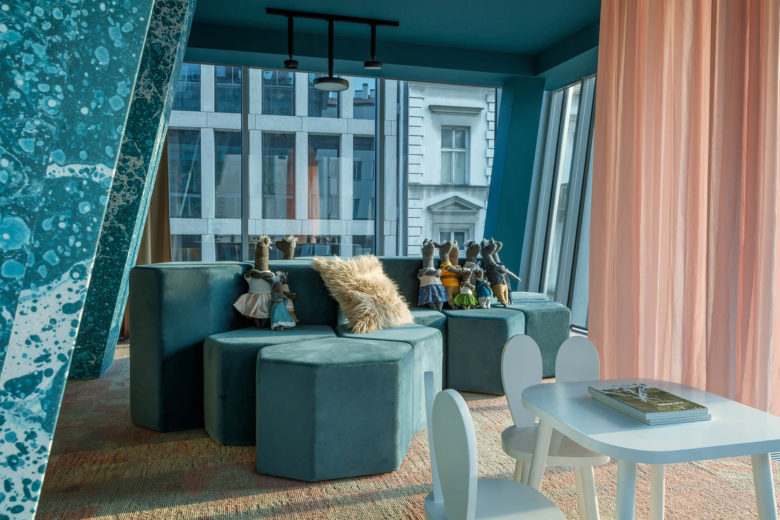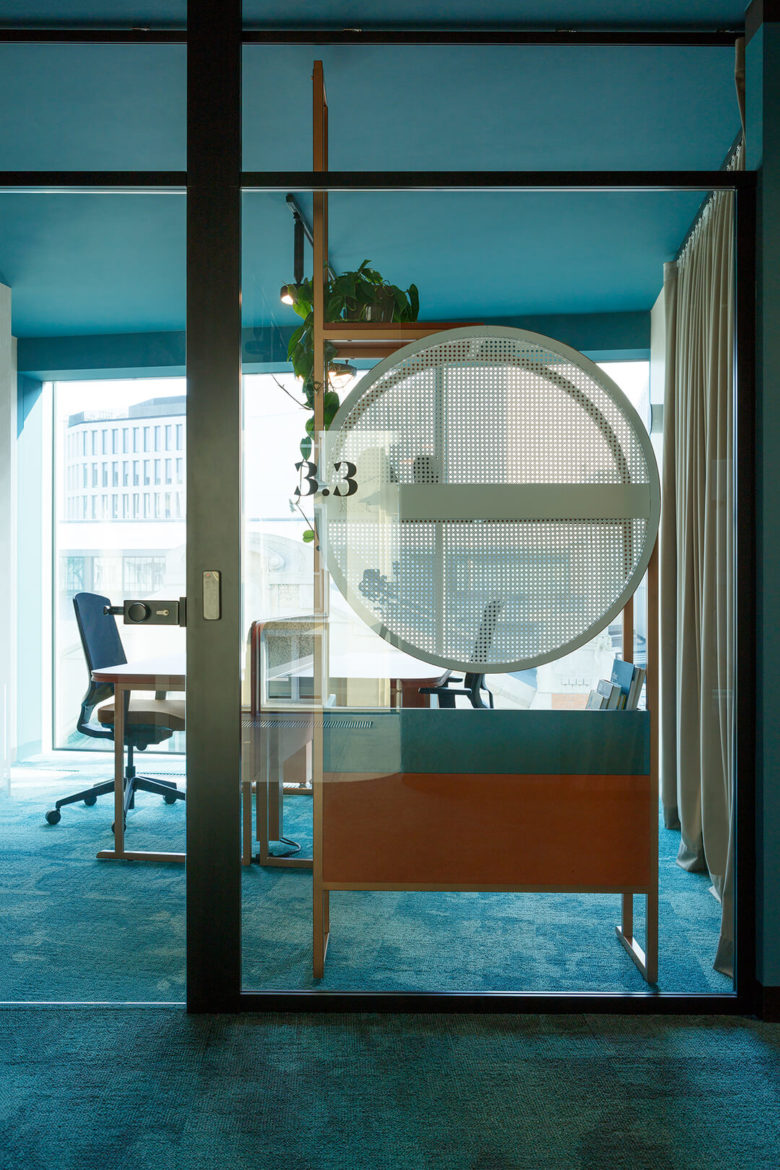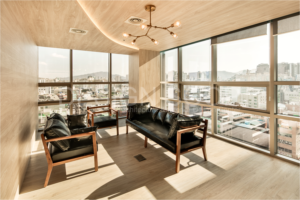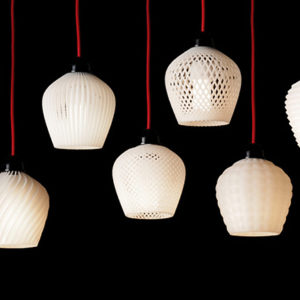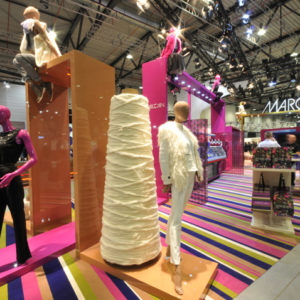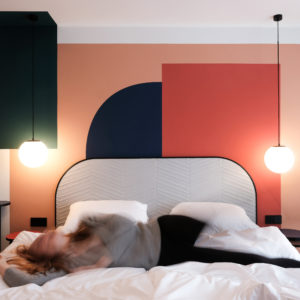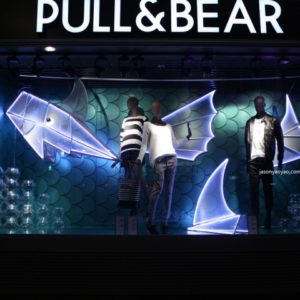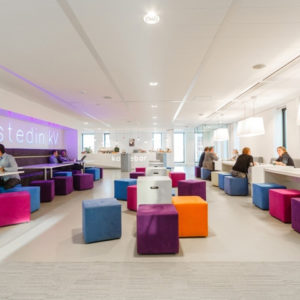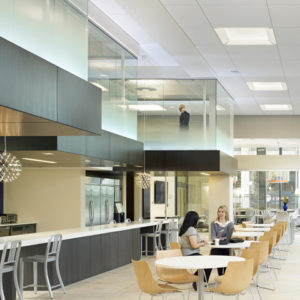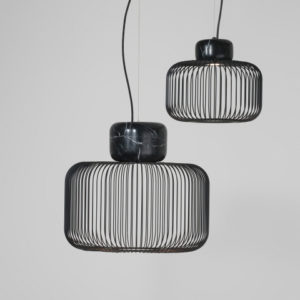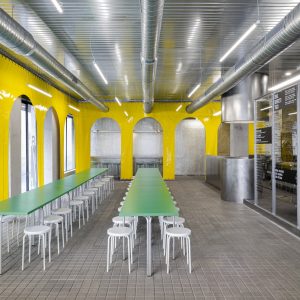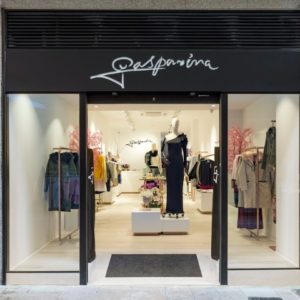
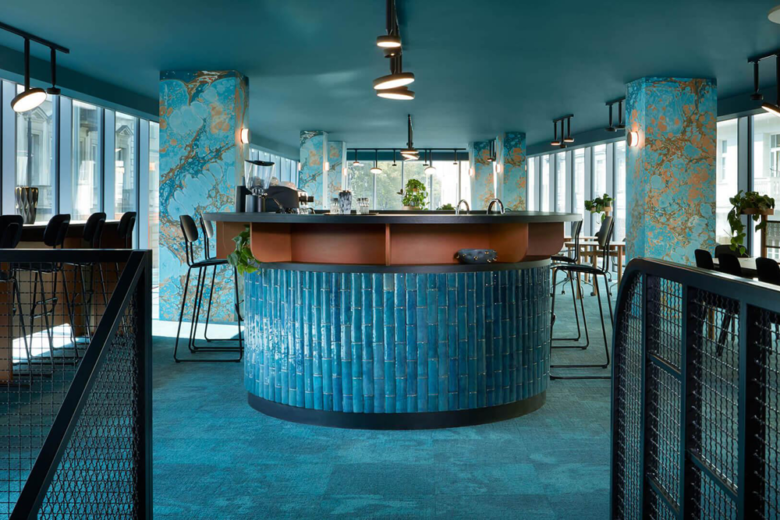
Ever imagined you were in the Lost City of Atlantis while you were typing a report or plugging away at an Excel spreadsheet? No? Experiencing the Nest, a new co-working space in Warsaw swathed in a rich Caribbean turquoise colour palette, copper fixtures and marble textures, just might change that for you.
For Polish design studio Beza Projekt, spaces like the Nest blur work and leisure. The Danish word for cosiness, hygge, has taken off in cultural wildfire in recent years. While this state-of-mind-and-being is largely applicable and necessary for Danes’ mental sanity in the frigid Scandinavian winters, it can also translate over into preferential modes of working. Beza Projekt recognises this: in an attempt to tackle the evolving workspace, they adopted a new perspective. What if a workspace was more like a club, a place to feel at home and relaxed? A place to drink coffee and play solitaire on your phone after a particularly stressful meeting? A new species: the hygge workspace.
With the reputation for retaining its post-communist industrial aesthetic, Warsaw isn’t exactly a city renowned for its use of jewel tones or spatial decadence. The Nest juxtaposes this reality, as well as its exterior – the interior contrasts the graphic and angular building designed by G5 Architekci, providing a warm, indulgent atmosphere based on a design brief given to them by Futu design agency. Using marbling textures crafted by Kasia Korzeniecka, round corners, simple materials and complementary colour palettes, Beza effectively creates consistent spatial perception for the worker.
The Nest does the worrying for you: on the first floor, you’ll find a shot of espresso; on the second floor, you can leave your child with the day care service. The third floor is where the working happens and the fourth floor is where you can party – it’s dedicated to events. The hierarchal structure of needs is attended to in the fundamental layout of the building, and intuitively so, minimising common stressors. The fifth and sixth floors are divided into more office space and a conference room. The spectrum of the utilities boasts a sort of come-one-come-all democratisation of space.
This sort of project exemplifies the changing needs and often contradictory priorities we all have to some level as busy people: we want to feel like we’re in a serious space, but we don’t want to drown in monochrome, apathetic design. We want to focus, but we also want constructive distraction. Above all, we might want privacy, but we also need collaboration – on paper, that becomes a lofty Christmas list. As designers become more liberal with what office spaces can entail, they also help us get closer to achieving the best of both worlds. Nest places itself as a piece of the puzzle in achieving sustainable productivity and increased well-being in the office that may have completely eluded generations before us.
Designed by Beza Projekt
Photography by Jacek Kołodziejski
